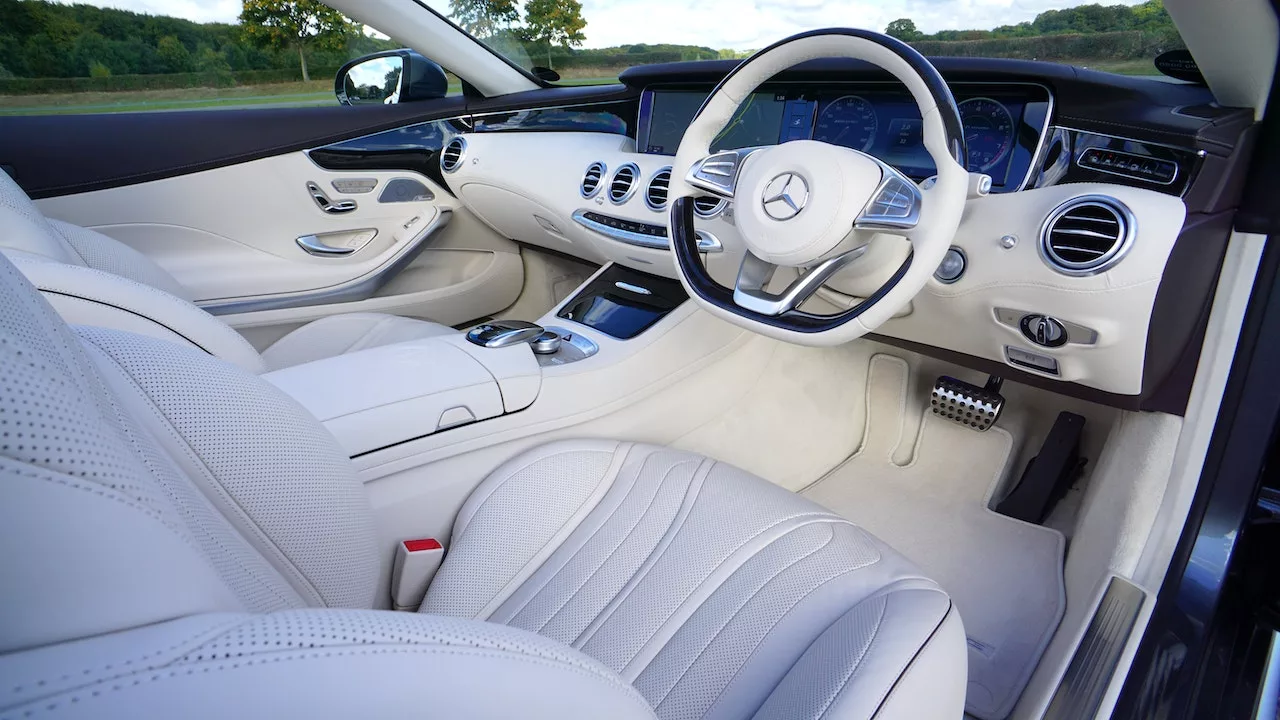The automotive industry is constantly evolving with new technology trends that aim to make driving more efficient, safer, and enjoyable. In recent years, there have been significant advancements in technology that have impacted the way we drive and the cars we drive. In this blog post, we will discuss the latest technology trends in the automotive industry.
Electric Vehicles
Electric vehicles (EVs) are becoming increasingly popular as more consumers look for eco-friendly transportation options. EVs use an electric motor instead of an internal combustion engine (ICE) to power the vehicle, resulting in zero emissions. The adoption of EVs has been accelerated by advancements in battery technology, which have made them more affordable and with longer driving ranges. Some of the most popular EVs on the market today include Tesla Model S, Nissan Leaf, and Chevrolet Bolt.

Autonomous Vehicles
Autonomous vehicles, also known as self-driving cars, are another trend that is revolutionizing the automotive industry. These vehicles are equipped with sensors and software that allow them to navigate roads and traffic without human intervention. The technology behind autonomous vehicles is constantly evolving, and companies like Waymo, Tesla, and Uber are investing heavily in this area. While fully autonomous vehicles are not yet available to the general public, experts predict that they will be in the near future.
Connected Cars
Connected cars are vehicles that can communicate with other vehicles, infrastructure, and the Internet. These vehicles use sensors and wireless technology to provide real-time data on traffic, weather, and road conditions. Connected cars can also be controlled remotely using a smartphone app. This technology has the potential to improve safety and traffic flow, and it is expected to become more widespread in the coming years.
Advanced Driver Assistance Systems (ADAS)
Advanced Driver Assistance Systems (ADAS) are technologies that assist drivers in operating their vehicles. Some of the most common ADAS features include adaptive cruise control, lane departure warning, and automatic emergency braking. These technologies are designed to improve safety and reduce accidents by providing drivers with additional information and assistance while driving. As the technology behind ADAS continues to evolve, it is expected to become more widespread in new cars.
Augmented Reality (AR) Displays
Augmented Reality (AR) displays are another trend that is transforming the automotive industry. These displays provide drivers with real-time information about their surroundings, such as traffic, weather, and road conditions. AR displays can also be used for navigation, providing drivers with turn-by-turn directions in real-time. Some automakers, such as BMW, are already incorporating AR displays into their vehicles, and it is expected that this technology will become more widespread in the coming years.
Vehicle-to-Vehicle (V2V) Communication
Vehicle-to-Vehicle (V2V) communication is a technology that allows cars to communicate with each other, sharing information about their speed, direction, and location. This technology has the potential to improve safety by alerting drivers to potential hazards and accidents before they happen. It is expected that V2V communication will become more widespread as more cars become connected and autonomous.
5G Technology
5G technology is the latest generation of wireless communication technology. It offers faster data transfer speeds and lower latency than previous generations, making it ideal for use in the automotive industry. 5G technology has the potential to improve safety by enabling faster communication between vehicles and infrastructure. It is also expected to support new technologies such as augmented reality displays and V2V communication.
One notable example of the latest technology trends in the automotive industry is the BMW I4, which was recently released to great acclaim. In a BMW I4 review, the electric vehicle was praised for its impressive acceleration, refined handling, and luxurious interior. The BMW I4 is equipped with the latest technology, including a large infotainment display and a suite of advanced driver assistance systems. With a range of up to 300 miles on a single charge, the BMW I4 is a prime example of how electric vehicles are becoming more practical for everyday use. As electric vehicles continue to gain popularity, it is clear that the BMW I4 is at the forefront of this exciting trend in the automotive industry.
Conclusion
In conclusion, the automotive industry is rapidly evolving with new technology trends that are changing the way we drive and the cars we drive. Electric vehicles, autonomous vehicles, connected cars, advanced driver assistance systems, augmented reality displays, vehicle-to-vehicle communication, and 5G technology are just some of the latest trends that are transforming the way we think about transportation. Leasing a car is a great way to stay on top of the latest technology trends in the automotive industry without committing to a long-term ownership of a vehicle. With a lease car, drivers can enjoy the benefits of advanced safety features, infotainment systems, and other cutting-edge technology without the financial burden of owning a car outright. As these technologies continue to evolve and become more widespread, we can expect to see safer, more efficient, and more enjoyable driving experiences. It is exciting to think about what the future of the automotive industry will look like as these technology trends continue to shape the way we drive.














